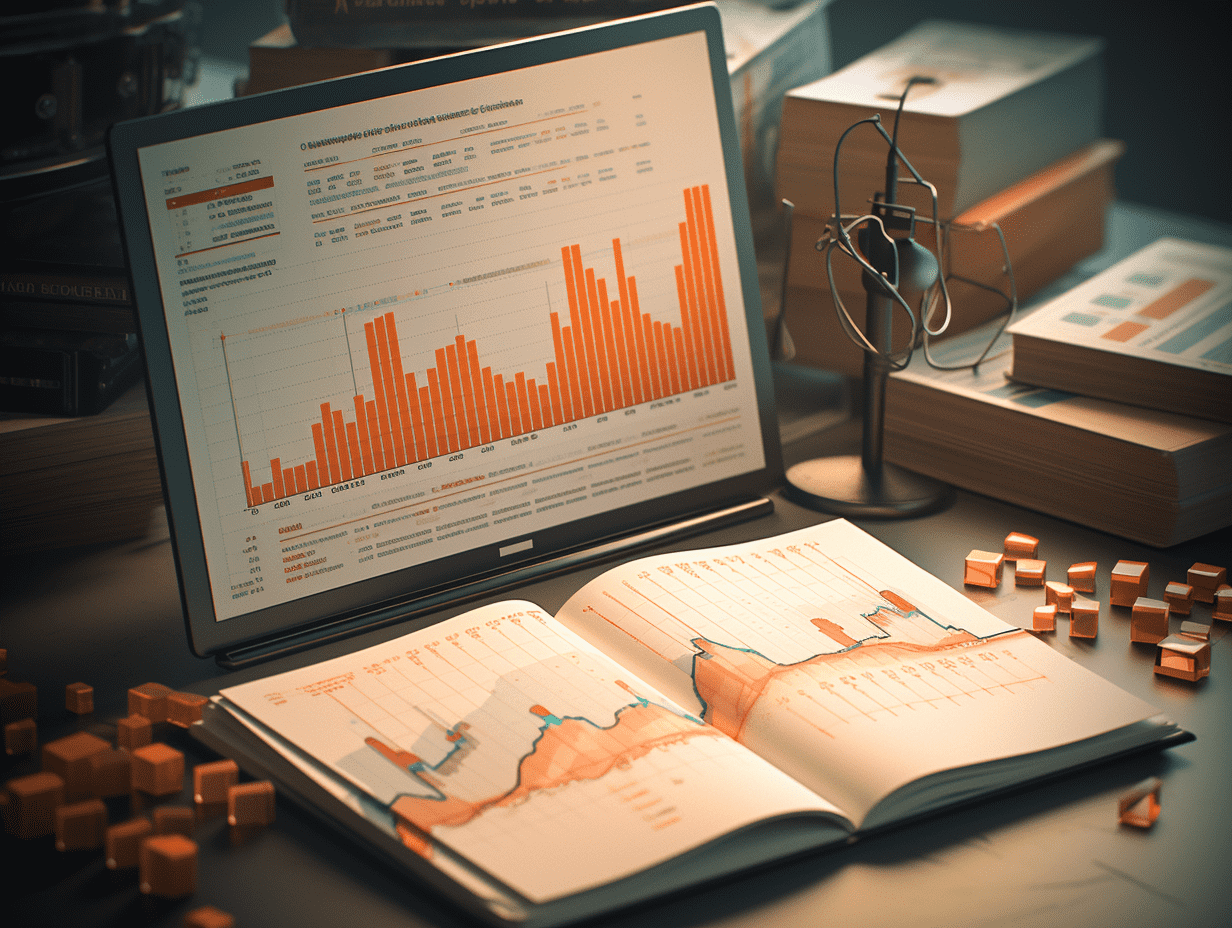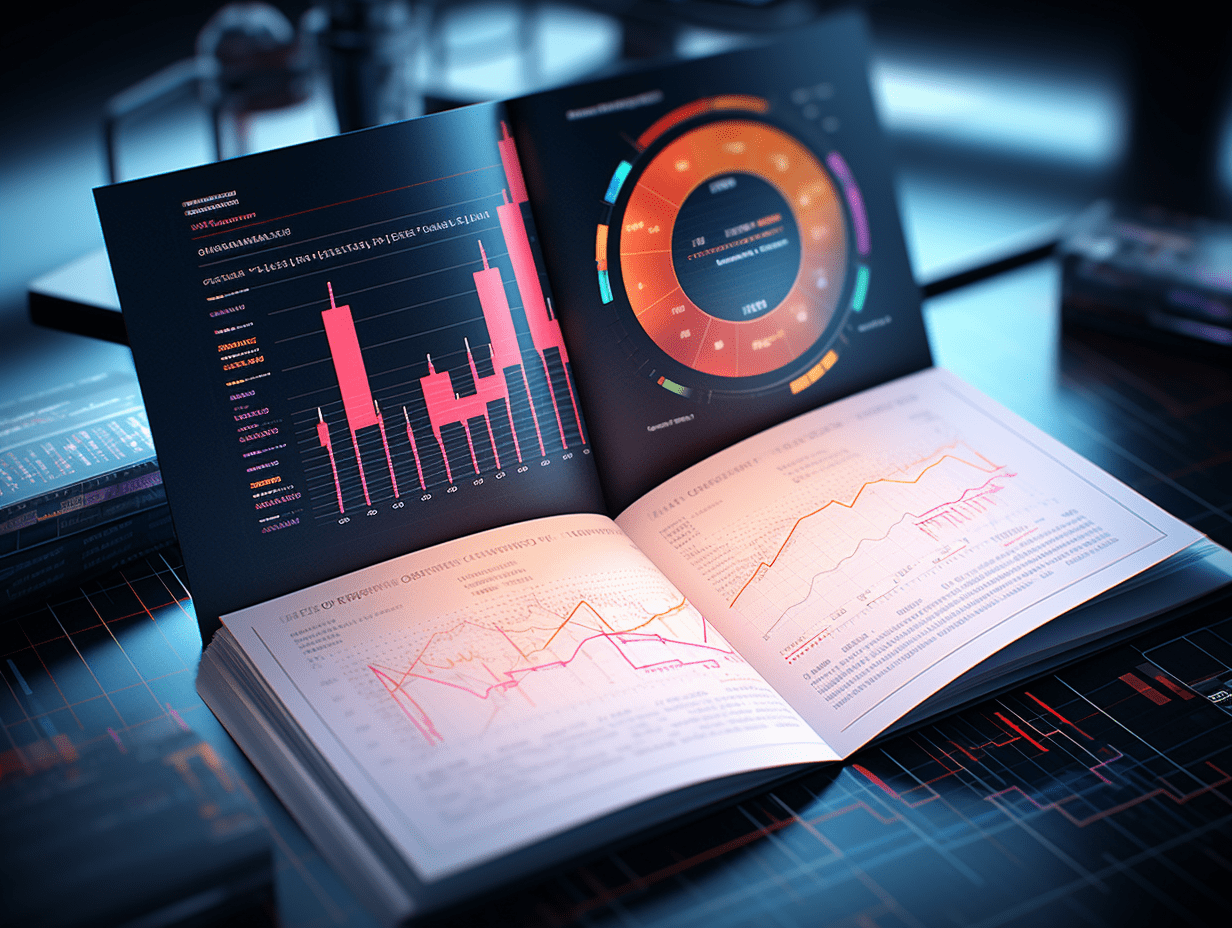How do you view the adjustment of A shares at the beginning of the year?
The market is experiencing wide fluctuations, making it difficult for institutions to participate in the volatile trend. Before the improvement of fundamentals is confirmed after the Spring Festival, avoid chasing highs and selling lows.
Tianfeng released a research report stating that the market is currently in the second stage of "strong expectations, weak reality" in the race point 2.0, similar to the "barbell strategy" of 23H1: on one side, there is a shift in policy attitude leading to improved future expectations, upward-trending risks, high turnover, and active thematic trading in the technology sector; on the other side, the implementation of policies will take time, and the pace and strength of policies will be based on the current economic situation, leading to a period of "weak reality" where monopoly dividends may show occasional performance. It is also worth looking forward to the further strengthening of policies to benefit the people and promote consumption.
Tianfeng's main points are as follows:
Market Outlook: How to view the adjustment of A shares at the beginning of the year?
Tianfeng suggested in "New Year and Spring Festival: The Rhythm of the Cross-Year Market" (20241229) that the performance after the Spring Festival is often better than before the festival.
1) Recently, there has been a significant adjustment in A shares, while the H-share market has remained relatively stable. This may be due to micro-structural factors such as the need for position adjustments after the end of the year, and the high liquidity demand of physical enterprises before the Spring Festival, resulting in a generally weak pre-holiday calendar effect.
2) Comparison of the margin financing plates in the three rounds of index rallies since 2019. The rallies at the index level since 2019 have occurred at the end of 2024, after the Spring Festival in 2019, and in the middle of 2020, all of which saw a significant increase in margin financing balances and their proportions. Comparing the subsequent correction periods of these three rounds: the maximum loss of the margin financing plate in 2019 was about 8.5% (calculated based on the Wind Full-A Index), and the maximum liquidation ratio was 37.4%. The margin financing balance increased for a longer period in 2020, and the index retracement was small, with little pressure on margin financing liquidation. The margin financing plate is currently under pressure from losses, with a distance of 6.7% from the cost price, and the liquidation scale accounts for 6.8% of the current round's increase (as of 1/2), with the liquidation ratio directly related to the market correction amplitude.
3) After the index-level rallies come to a halt, the index often retraces below the 60-day moving average. The current market correction is smaller than the post-Spring Festival rally in 2019 but larger than the mid-year rally in 2020. As the profit cycles of the first two rounds had their highlights, while the current round is still in the adjustment phase, there is currently limited support for the market. Since the reversal point of the 924 rally, the core driving logic remains the intensified counter-cyclical adjustment of policies. After the two major meetings in December, before Trump's inauguration, the market is in a period of expectations, susceptible to trading disruptions. Patience is needed to wait for policy implementation and to verify the recovery of fundamentals after the Spring Festival.
Domestic: Manufacturing PMI in December marginally declined, Q4 People's Bank of China meeting pointed to timing for reserve requirement ratio and interest rate cuts
1) Manufacturing activities in December showed differentiation, with the manufacturing PMI index declining but still in the expansion zone, while non-manufacturing PMI and comprehensive PMI indexes saw significant increases. 2) During the Q4 meeting of the People's Bank of China, the tone was to implement moderately loose monetary policies and strengthen counter-cyclical adjustments, with clear mention of timing for reserve requirement ratio and interest rate cuts based on domestic and international economic and financial conditions, while the high-frequency indicators for transportation showed subway passenger volume index and freight volume index declines. 4) The industrial production acceleration index remained flat, with methanol, Tangshan blast furnaces, and soda ash rebounding, while Shandong refineries, tires, and polyester filament declined. 5) Domestic policy tracking: The Supreme People's Court and the China Securities Regulatory Commission issued documents clarifying issues related to the trial of bankruptcy reorganization cases of listed companies; the "Interim Measures for the Implementation of Flexible Retirement System" was issued; the second round of tender operations for convenient swaps was completed; the Monetary Policy Committee of the People's Bank of China held its fourth quarter meeting for 2024; the General Office of the State Council issued the "Opinions on Strictly Regulating Administrative Inspections Involving Enterprises."
International: Russia stops supplying natural gas to Europe through Ukraine
1) Russia-Ukraine conflict tracking: Transit of Russian natural gas through Ukraine to Europe officially stopped as the agreement expired without renewal; Biden announced nearly $2.5 billion in aid to Ukraine; the Russian Foreign Ministry stated that the United States, Ukraine, and Europe should take responsibility for the cessation of Russian natural gas supply to Europe via Ukraine. 2) Middle East conflict tracking: Israeli officials issued a "final warning" to Houthi armed groups; the United Nations stated that Israeli attacks have pushed Gaza's healthcare system to the brink of collapse; ceasefire negotiations in Gaza restarted in Doha. 3) According to CME "FedWatch," as of 1/4/2025, the probability of a 25 basis point rate cut by the Federal Reserve in January 2025 is 10.7%, while the probability of maintaining the current interest rates is 89.3%.
Industry allocation recommendations: The second stage of the race point 2.0, policy-driven and thematic rotation
In a market characterized by wide fluctuations and intense thematic trading volatility, institutions find it challenging to participate. Before the fundamental improvement after the Spring Festival is confirmed, it is important not to chase highs and sell lows. Capturing the big fluctuations in the themes of technology and consumption driven by policies and thematic rotation, with a focus on the Hang Seng Internet sector. The market is currently in the second stage of "strong expectations, weak reality" under the race point 2.0, similar to the "barbell strategy" of 23H1: on one side, there is a shift in policy attitude leading to improved future expectations, upward-trending risks, high turnover, and active thematic trading in the technology sector; on the other side, the implementation of policies will take time, and the pace and strength of policies will be based on the current economic situation, leading to a period of "weak reality" where monopoly dividends may show occasional performance. It is also worth looking forward to the further strengthening of policies to benefit the people and promote consumption.
Risk warning: Geopolitical conflicts exceeding expectations, overseas inflation persisting beyond expectations, and liquidity tightening beyond expectations.
Related Articles

FIH on May 9th spent HK$755,000 to repurchase 950,000 shares.

MENGNIU DAIRY (02319) spent 2.8099 million Hong Kong dollars to repurchase 150,000 shares on May 9th.

In the first four months of 00081, the cumulative contracted sales amounted to 9.556 billion yuan, a year-on-year decrease of 14.1%.
FIH on May 9th spent HK$755,000 to repurchase 950,000 shares.

MENGNIU DAIRY (02319) spent 2.8099 million Hong Kong dollars to repurchase 150,000 shares on May 9th.

In the first four months of 00081, the cumulative contracted sales amounted to 9.556 billion yuan, a year-on-year decrease of 14.1%.

RECOMMEND

General Administration of Customs: China's goods trade imports and exports increased by 2.4% year-on-year in the first 4 months.
09/05/2025

Key details are yet to be finalized. The market's response to the US-UK trade agreement has been lukewarm.
09/05/2025

Risk assets rebounded to boost the market, Bitcoin surged back above $100,000.
09/05/2025


